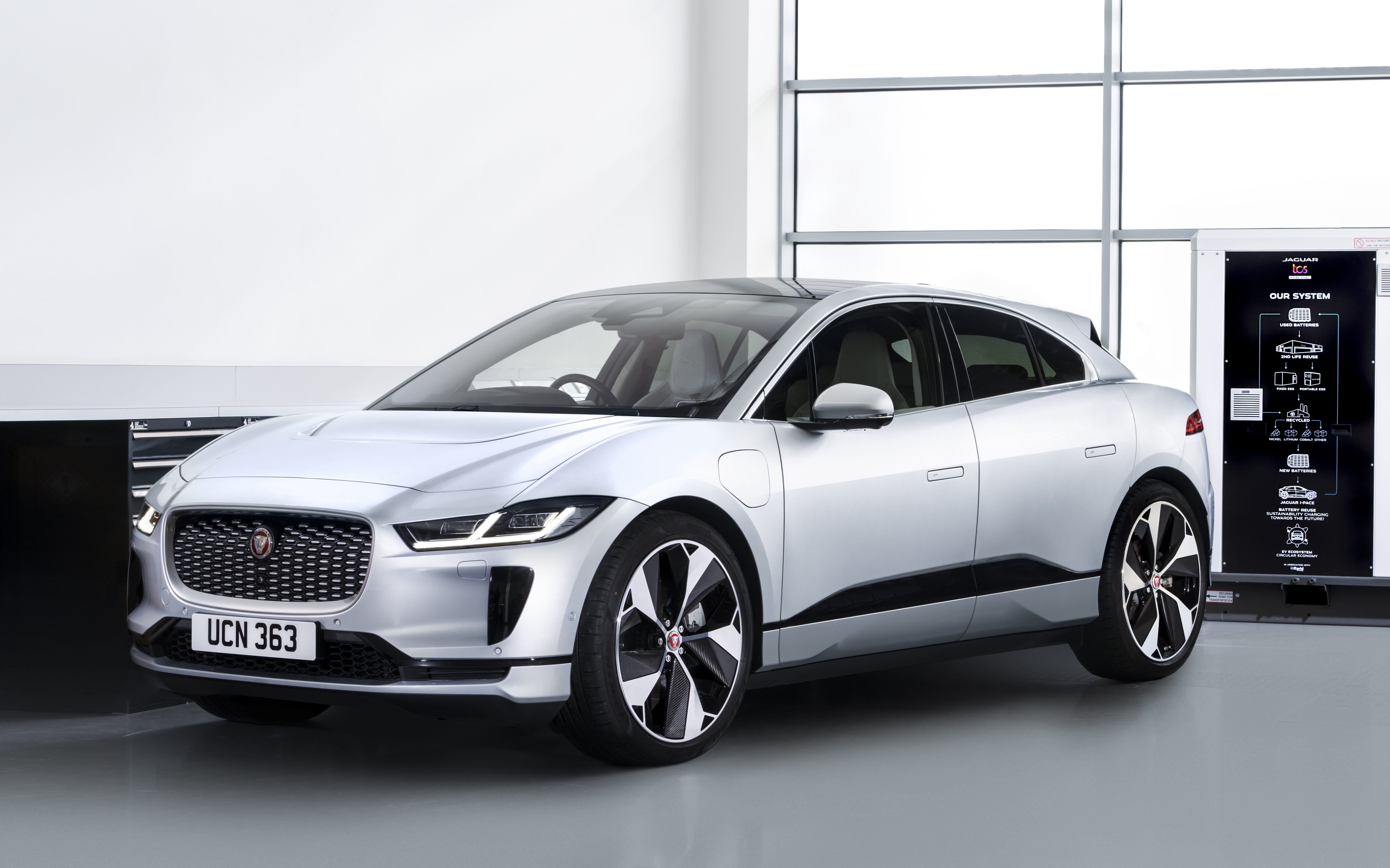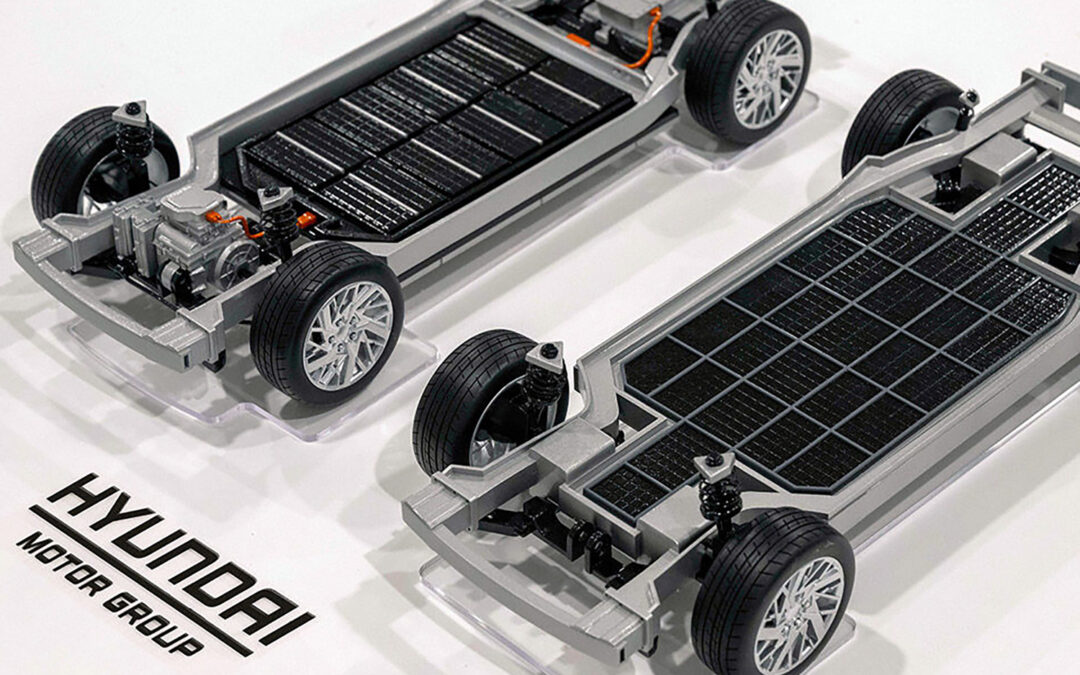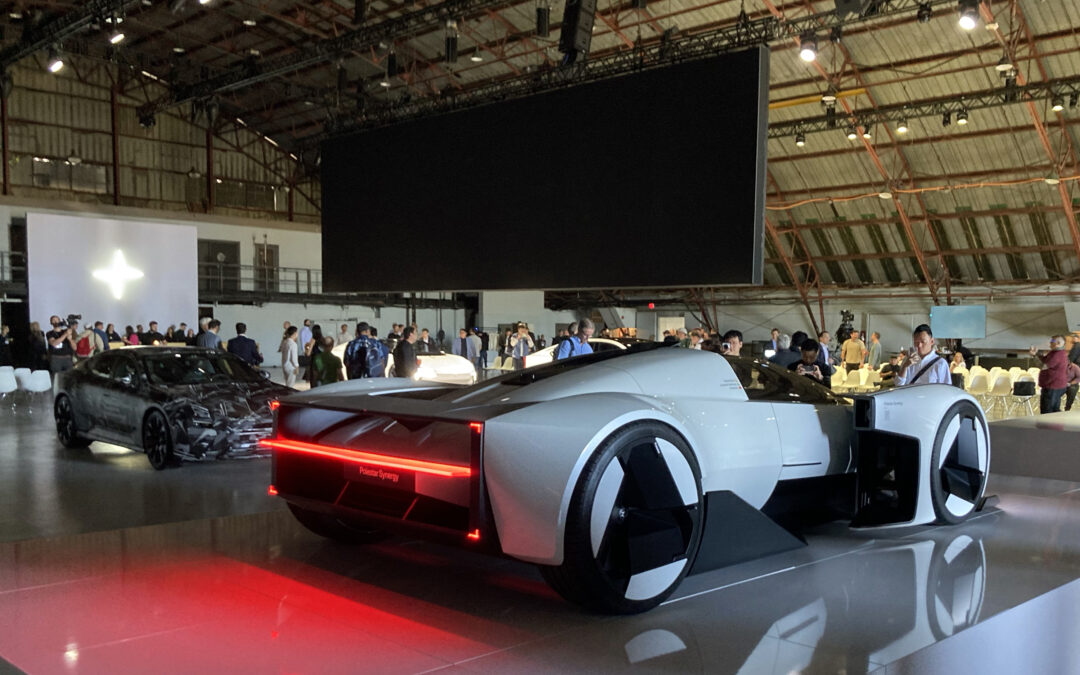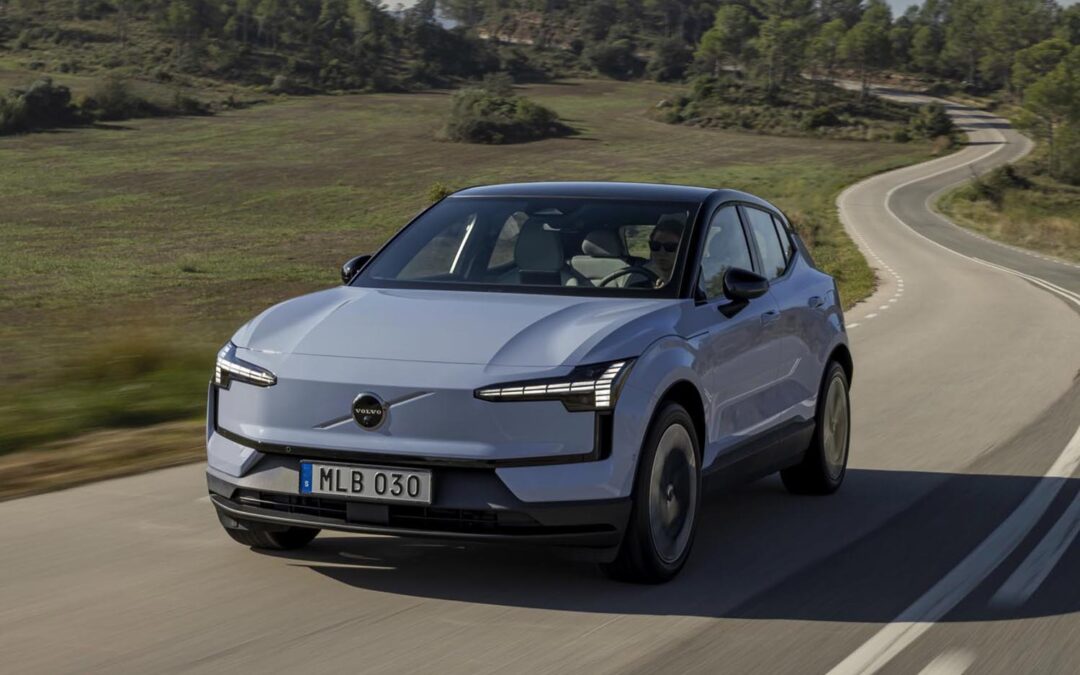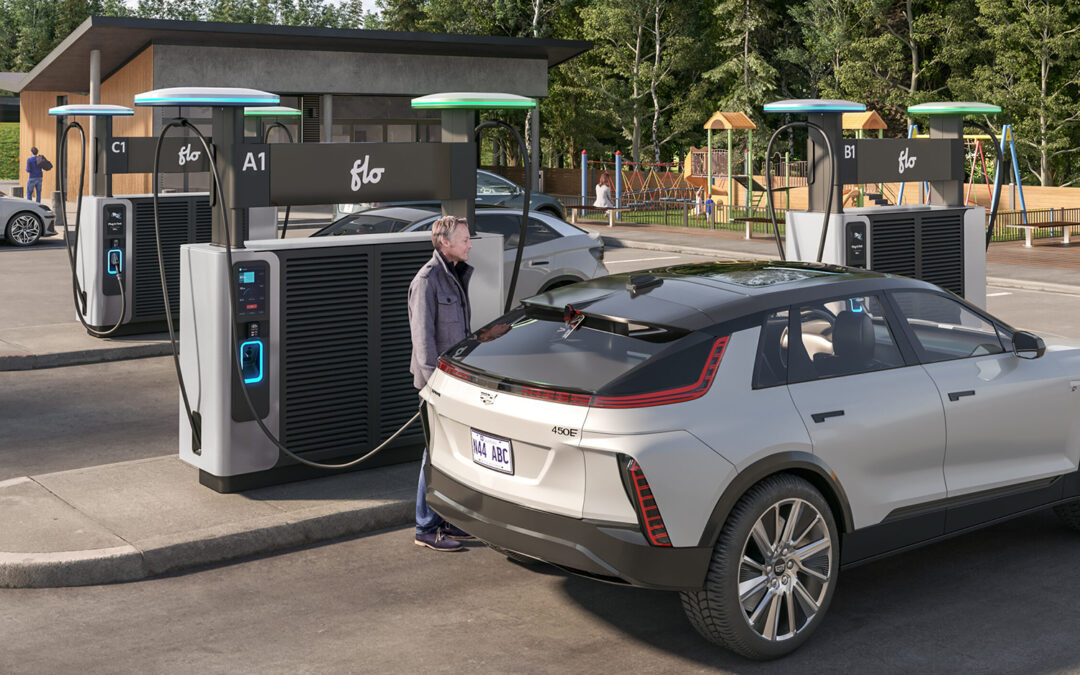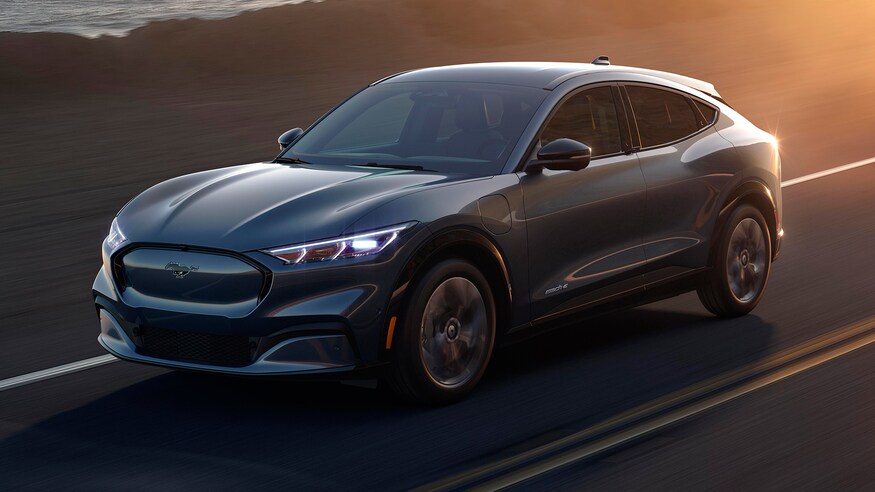Jaguar and technical partner Pramac have showcased a new zero-emission energy storage unit, developed using aging lithium-ion batteries from the electric I-PACE SUV, to demonstrate the ‘second life’ potential of an EV energy storage unit.
Energy specialist Pramac, which also won five MotoGP Manufacturers’ title as Pramac Racing, has developed the Off Grid Battery Energy Storage System (ESS), which combines cells from the nearly-dead battery of a Jaguar I-PACE into a bespoke storage unit. The cells are then charged as a cohesive whole via solar panels, and can then be used as either a mobile or a fixed-location energy storage system in the event of a power outage or when mains electricity is not available.
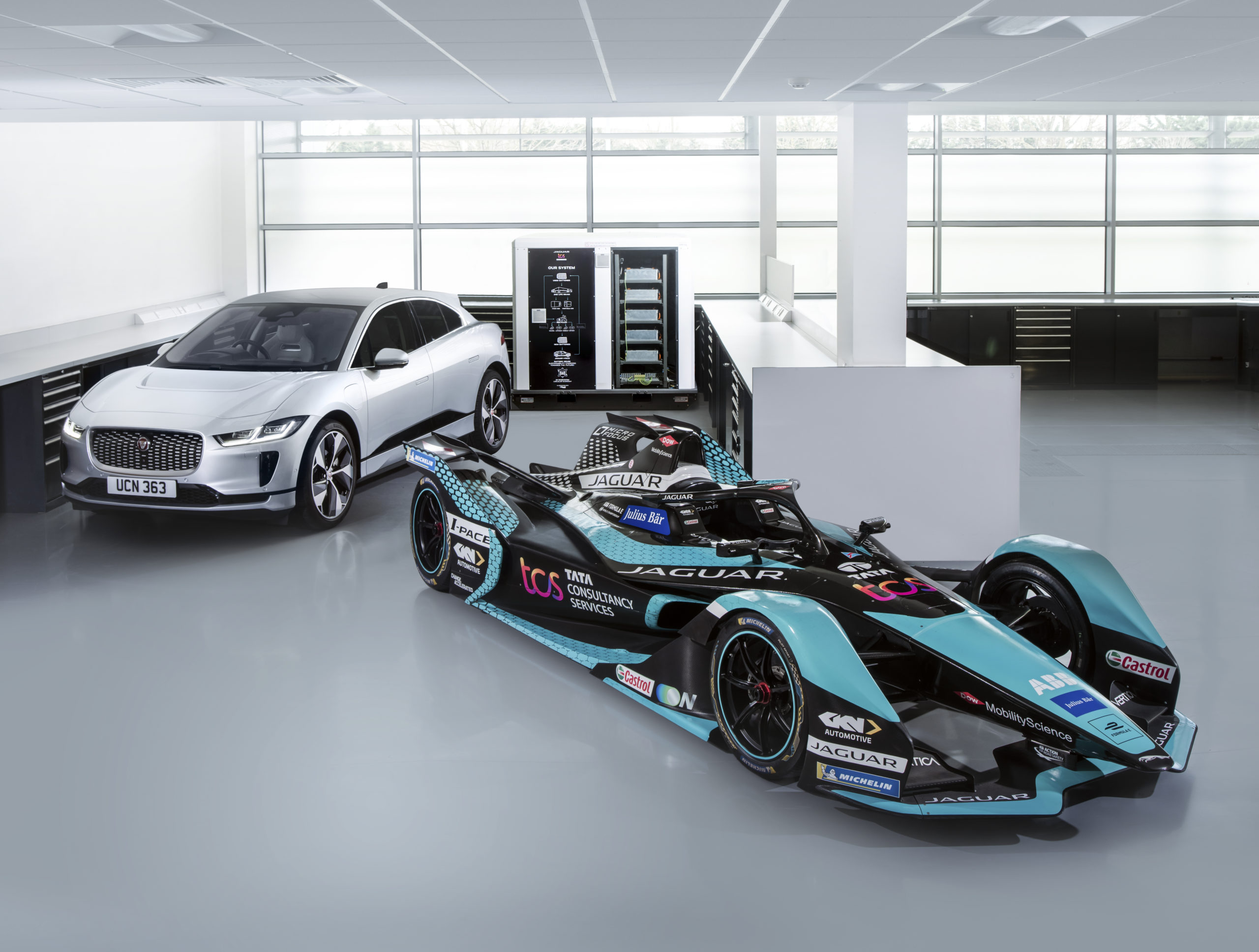
Jaguar I-Pace and the Jaguar Formula E racer
“We have been privileged to work so closely with Jaguar Land Rover who are a hugely supportive partner in our journey to successfully build a robust product and a commercially viable business case using second-life EV modules,” Pramac director Danny Jones explains in an official statement. “This brings a new element to the sustainability story as a manufacturer of energy efficient and carbon reducing technology. We look forward to continuing the journey with Jaguar Land Rover and providing innovative charging infrastructure solutions to support the electrification of their class-leading vehicles.”
The system is equipped with control management systems to optimize the remaining life within the cells, a Type 2 EV charge connector, and a bi-directional converter. The result is a similar, albeit more industrially-focused, example of the capabilities Ford recently promoted with its F-150 Lightning. But while the electric pickup could potentially keep a family home moderately powered, in the event of a blackout, for up to three days, Jaguar states the ‘flagship’ ESS could potentially keep the lights on for up to a week.
Read more: Ford’s bidirectional Charge Station Pro is now for sale
Recharge power flow is rated at up to 22 kW AC, and the full capacity is up to 125 kWh, meaning the ESS can fully recharge the I-PACE as well. Jaguar cites the energy capacity of the I-PACE’s 90 kWh battery, which delivers an estimated 470 km of all-electric range, as a core strength behind the system’s design. Such is the density, the I-PACE’s battery cells could even be refurbished a third time before the battery finally reaches the end of its usable life, at which point 95 per cent of the componentry is recyclable.
To further showcase its advanced engineering, the ESS recently provided “auxiliary power” to the Jaguar pit garage during an in-season diagnostic check of the British brand’s Formula E single seater. While the actual amount of power feeding the test from the ESS was not revealed, Jaguar has stated that further use of the zero-emission energy storage system as part of its Formula E racing program is currently under consideration.
